This pilot aims to see heritage in a perspective of how people have lived their lives along the St. Olav’s ways, the pilgrims paths to Trondheim (Norway) and make accessible how cultural, religious and societal aspects contribute to rich historical heritage also in the vicinity of the pilgrimage path. The pilot will focus specifically on Gudbrandsdalsleden, the first of many St. Olav Ways. Since it runs through Dovre and Reinheimen national parks there is potential to develop natural heritage sites along the routes, too. The rurAllure partner NTNU is located along the western route of the Gudbrandsdalsleden in Gjøvik and by Nidaros in Trondheim. Norwegian associated partners are located along the western route of the Gudbrandsdalsleden path, or right along the route in the Lillehammer area.
In Nidaros, Trondheim, the pilgrimages to St. Olav’s shrine started right after his death at Stiklestad in 1030. It quickly became known that he was a holy man and in 1031 he was declared a saint. The first witness about this is a poem by Torarin Lovtunge from 1031-35. He was the bard of king Olav’s enemy, the Danish king Knut. He encouraged the king to pray for St. Olav’s intercessions. Within a few years the pilgrimage to St. Olav’s shrine was so strongly consolidated that it became known far out in Europa. During these first years the Church in Nidaros, Trondheim, belonged to the Archbishopric of Hamburg/Bremen. The king Oistein Magnussen, in the 1120s, built shelters for pilgrims in several places on the Dovre mountain’s plateau. The care for the pilgrims was so important that there was a detailed regulation for the stay in these pilgrim shelters in the Norwegian legislation. During the 13th century the first church was built. When the Lutheran reformation reached Norway in 1537, pilgrimages were banned. Only in the 20th century people started again to come to Trondheim as pilgrims, especially after the 1980s. Gudbrandsdalsleden was officially opened by HRH Crown prince in 1997. Today the St. Olav Ways – the pilgrim paths to Trondheim in Norway, Denmark and Sweden are signposted with the St. Olav logo and have received the status as European Cultural Route under the Council of Europe’s Cultural Route program.
The National Pilgrim Centre (Nasjonalt Pilegrimssenter, NPS) is responsible for the public pilgrimage development in Norway, coordinating and prioritising tasks and resources. The public pilgrim routes in Norway are meant to function as incubators for positive and sustainable development. The pilgrimage will contribute to value creation and positive development, open and inclusive to people of different faiths, cultures and traditions. NPS is organized as a department in Nidaro’s Cathedral Restoration work, which is a government agency under the Ministry of Culture.
The main route is approximately 640 kilometres long. It starts in the ancient part of Oslo and heads north along the lake Mjøsa, up the Gudbrandsdal valley, over the Dovrefjell mountains, and down the Oppdal and Gauldalen valleys to end at the Nidaros Cathedral.
Through the status as a European Cultural Route of the Council of Europe, the St. Olav Ways cooperate with other Cultural Routes in Europe. There is also cooperation with national paths and both regional and local routes. Historically, St. Olav Ways were connected to the routes to Santiago de Compostela and Rome through the Danish Hærvejen (sometimes referred to in English as “the Ox Road”), an ancient trackway in Denmark and Schleswig-Holstein (Germany). The route runs from Viborg via Flensburg to Hamburg. “Pilgrims Crossing Borders” was a 2015 initiative of organised pilgrimage from Nidaros Cathedral in Trondheim to Rome covering a distance of 3000 km.
Gudbrandsdalsleden has countless cultural heritage stories and places to offer, many hundreds are on or close to the path, and remind of past struggles and experiences. Pilgrims can find tombs, historically important sites, beautiful churches and preserved buildings from the Middle Ages, such as a building at Sygard Grytting which housed pilgrims in the 12th century. Gudbrandsdalsleden also gives close contact with the legacy of the Viking king Olav Haraldsson, later known as Saint Olav. Water springs are widespread and are known to have healing effects. Along Gudbrandsdalsleden are the historical sites St. Hallvard Cathedral, Bønsnes, Granavollen, Hamardomen and Dale-Gudbrands Gard. The pilgrimage route crosses the national park of Dovre with a rich natural heritage.
The St. Olav’s Ways are well developed and promoted with a steady rise in the number of pilgrims on all parts. The recognition as a Cultural Route by the Council of Europe provided decisive support to relive the Medieval tradition. Pilgrims are counted in the hundreds, not yet thousands (detailed statistics on pilgrims and visits can be found here) so there is potential for more regional development of locations along the route and in accordance with the route. There is a Pilgrim’s Office in Oslo which gives advice to travelers and a Pilgrim Centre in Trondheim, under the aegis of the Nidaros Cathedral, which awards certificates to successful travelers upon the completion of their journey.
The region of Innlandet is a sparsely populated, mountainous region of Norway rich in cultural and natural heritage. There are approximately 370.000 inhabitants on 52.590 km2. Much of the population is centered around the lake Mjøsa with regional centres in the towns of Hamar, Gjøvik and Lillehammer. The region has a lower birth rate than the rest of Norway and is home to most cabins/secondary homes of all Norwegian regions with a total of 89.212, and is also home to 11 national parks. The region has many famous destinations and tourism is an important part of the economy. Other important economic activities are public sector, retail, construction, hotels and restaurants, farming and food production, logging and wood-based industries, industrial parks, higher education and research, IT, gaming and VR companies and hydro power. The main challenge for the Innlandet region in workplace development is a sector structure comprising a large proportion of industries that provide either low-value or that is in decline. There are few industries in Innland that are in national growth.
Mjøsmuseet / Gjøvik glasværk. Mjøsmuseet / Mjøsas ark. Ethnographic and historical collection and exhibition thematically linked to the lake Mjøsa; Mjøsmuseet / Gjøvik gård.
Lillehammer museum / Maihaugen: Large collection of historic buildings including medieval church buildings in the Norwegian tradition of stave churches.
Lillehammer museum / Sigrid Undset’s home – Bjerkebæk: The nobel laureate author’s home.
Kistefos-Museet museum; Aukrustsenteret (multi-artist Kjell Aukrust’s museum); Museum for Forest Finn Culture in Norway; Norwegian Railway Museum; Norwegian Road and Mjøsmuseet museums.
Maihaugen; Memory Park Dombås; Hjerleid.
St. Olav’s Ways run right next to many sites of cultural and natural heritage interest, many of them unknown to pilgrims and the public, but with great potential for providing enlightenment and added value to pilgrimages, offering new contexts and experiences. There is also a potential reciprocity in informing and enlightening the visitors to adjacent cities about the pilgrimage route, the role of the route in history and present times and the opportunities for pilgrimage and tourism and contemplation along the routes. Pilgrimages are a form of sustainable tourism that can be further developed and put into a larger context of cultural and natural heritage for mutual benefit. Although a pilgrimage is a contemplative experience on foot in a physical environment and perhaps without digital technology as distractions, there is opportunity for adding digital experiences both in the planning phases of a pilgrimage scenario and as a means for making cultural and natural heritage accessible, also for people not being able to go on a pilgrimage (this might be from reasons of disabilities or resources). Digital dissemination can augment the experience both for people present on the site and remotely and it can add understanding and contextual layers of meaning to aspects of cultural and natural heritage. Digital dissemination can also be effective in promoting the routes and adjacent heritage sites as possible destinations and tourist attractions.
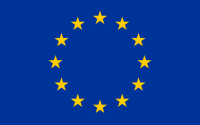
This project has been funded by the European Union’s Horizon 2020 Research and Innovation programme under grant agreement no 101004887.
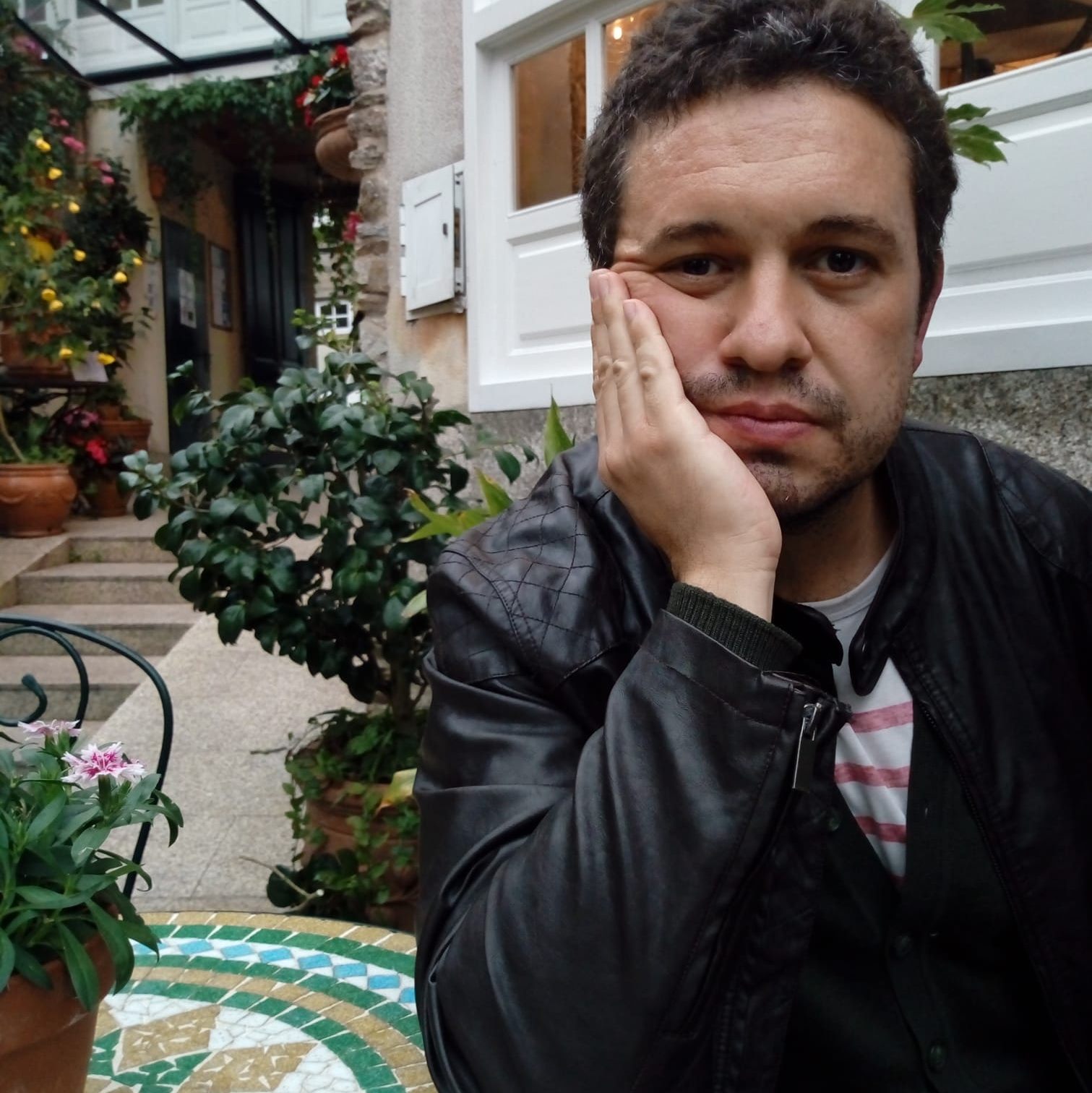
FUN Technical Assistant for Heritage Management and Disseminations. Filmmaker and Writer he has studies on Cinema Direction and Laws. Guide to Novoneyra’s House Museum.
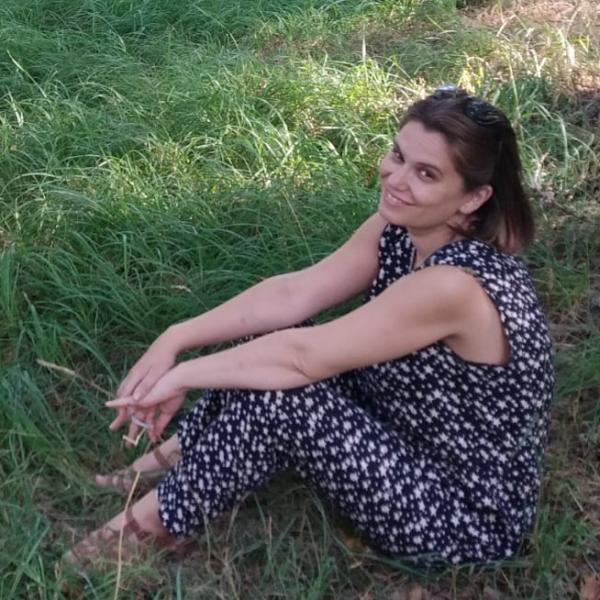
Responsible for Administrative task & management. Diploma in Social Work, specialized in Public administration and inclusion. More than 10 years of experience in management of various social care programs with different groups, developing and implementing projects of sociocultural social intervention.
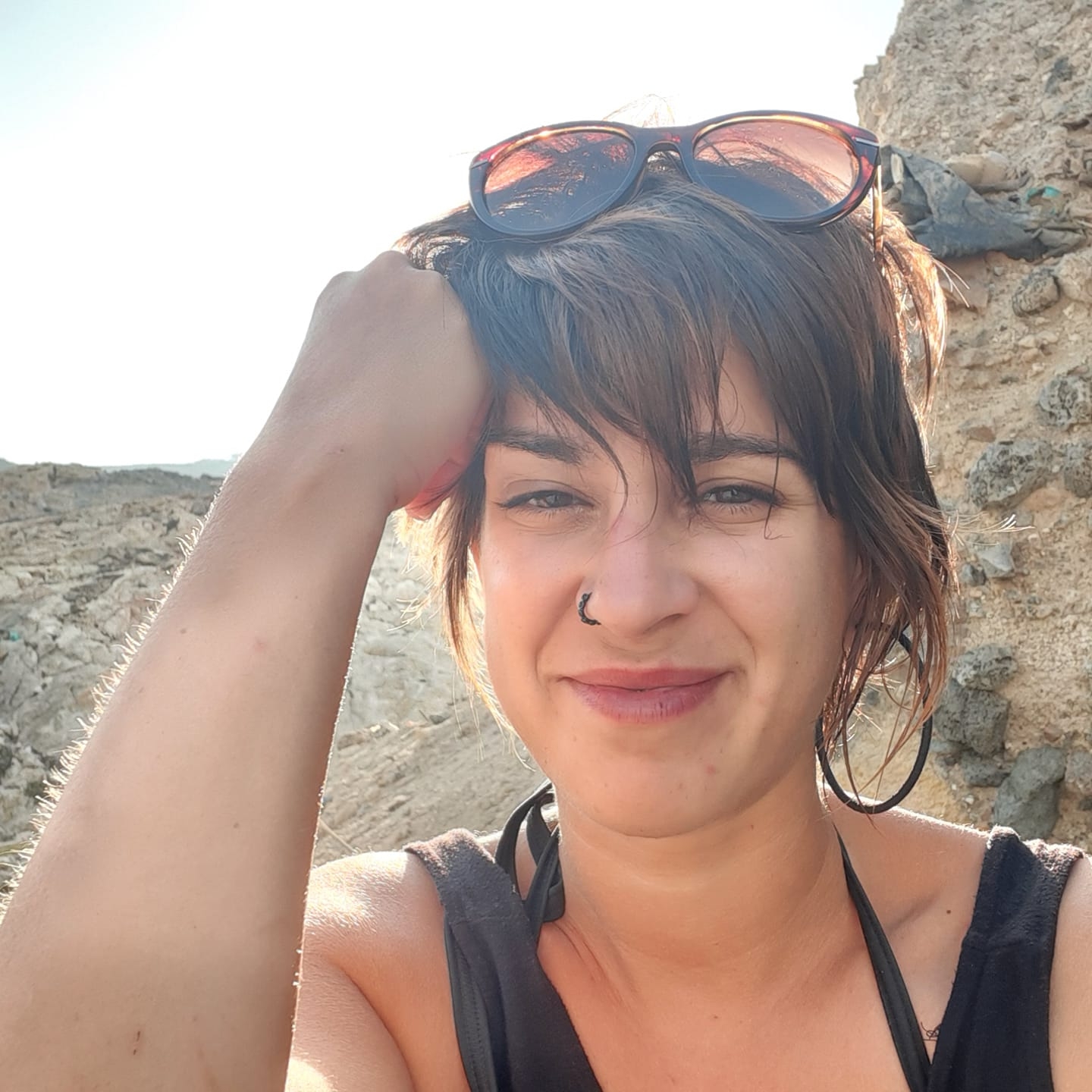
FUN Technician for Tourism Strategies and Internationalization. Phd in Journalism & Media and Postgraduate in Tourism Destination Marketing. More than 10 years of work experience in local tourism policies and strategies. Comms Officer for the European Cultural Route of Historic Thermal Towns (EHTTA) between 2016 and 2018 and certified SICTED Agent.
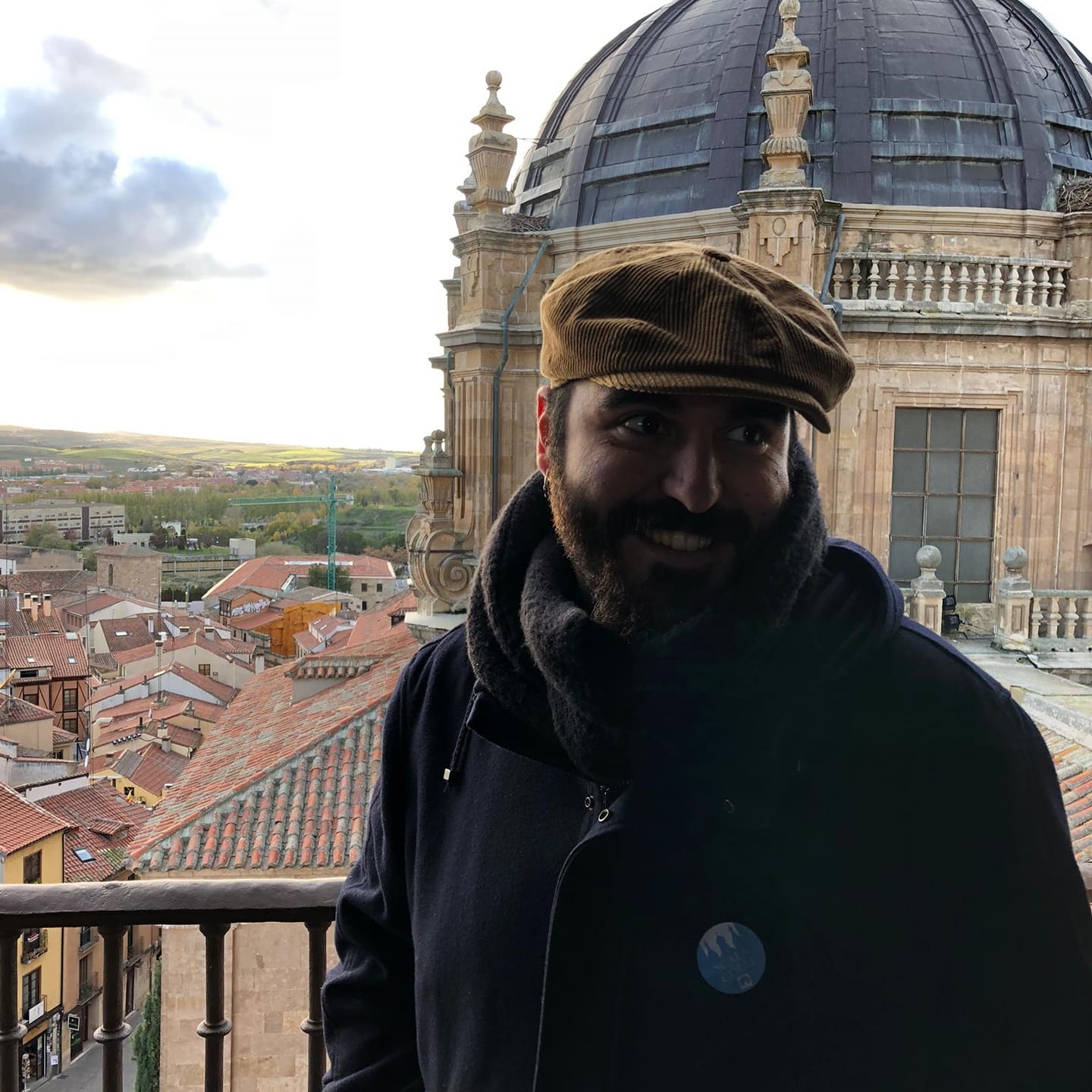
FUN Technician on Cultural Management. Phd in History and Postgraduate in Digitization of Cultural Heritage. Trained on Heritage Management, Museums and Archaeology he is responsible for the management of the FUN Archives and guide at Novoneyra’s House Museum.

FUN Junior Technical Assistant on Communications. Degree in Audiovisual Communications. Graphic design, audiovisual contents and DigitalMarketing tools.
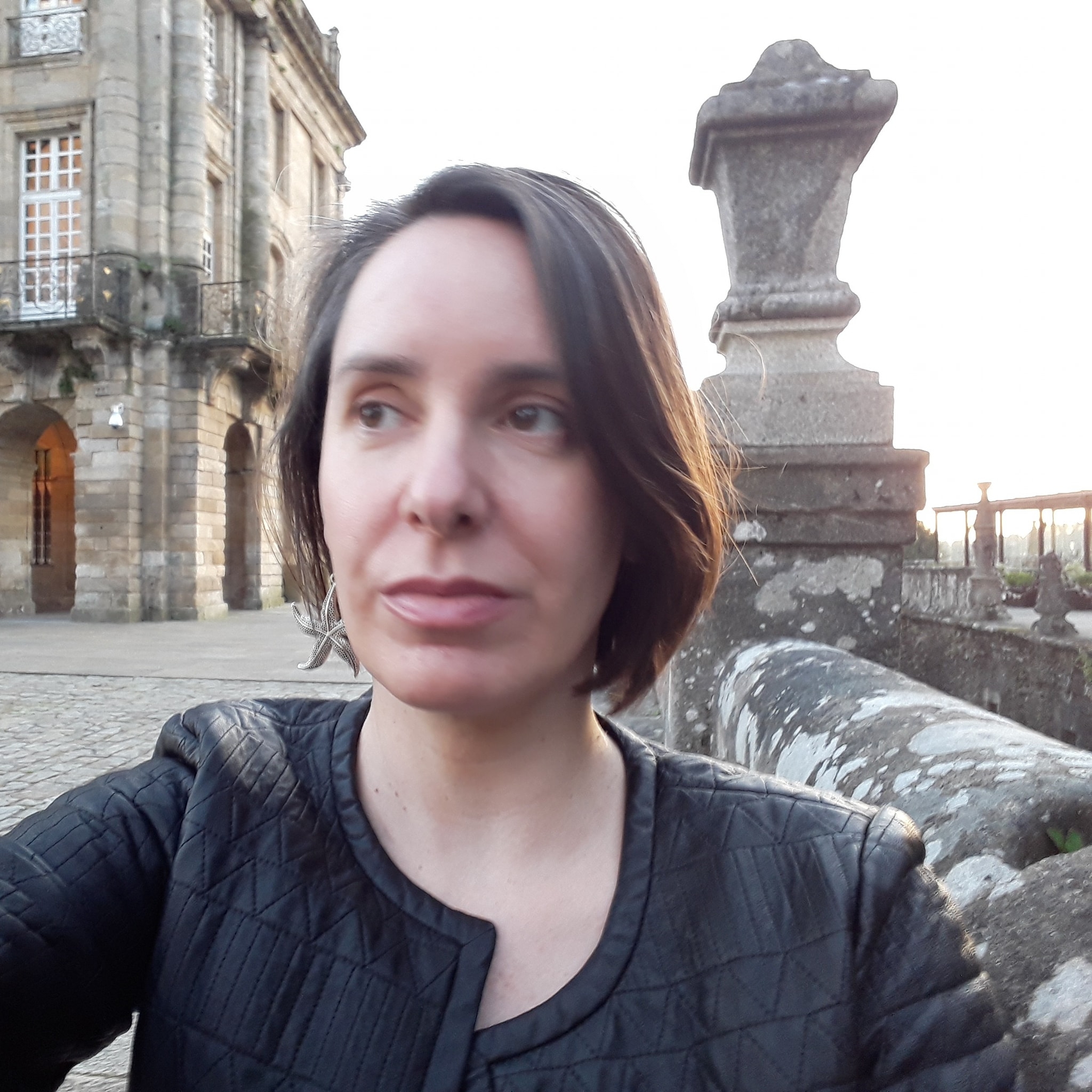
FUN Arts Director and Member of FUN Board. Technician on Cultural Management. Phd on Art Education and Political Sciences and Master in Digital Publishing. Between 2015 and 2019 she was the Deputy Mayor of the City Council of Santiago de Compostela and Cultural Policies Councillor and since 2019 opposition councillor.

FUN Technician on Sustainability and Environmental Awareness. PhD in Biology and MSC on Biodiversity and Conservation Biology. Experienced in Environmental Education (formal and non-formal, she has volunteered with organizations including the Max Planck Institute of Ornithology and the Doñana Biological Station (CSIC).
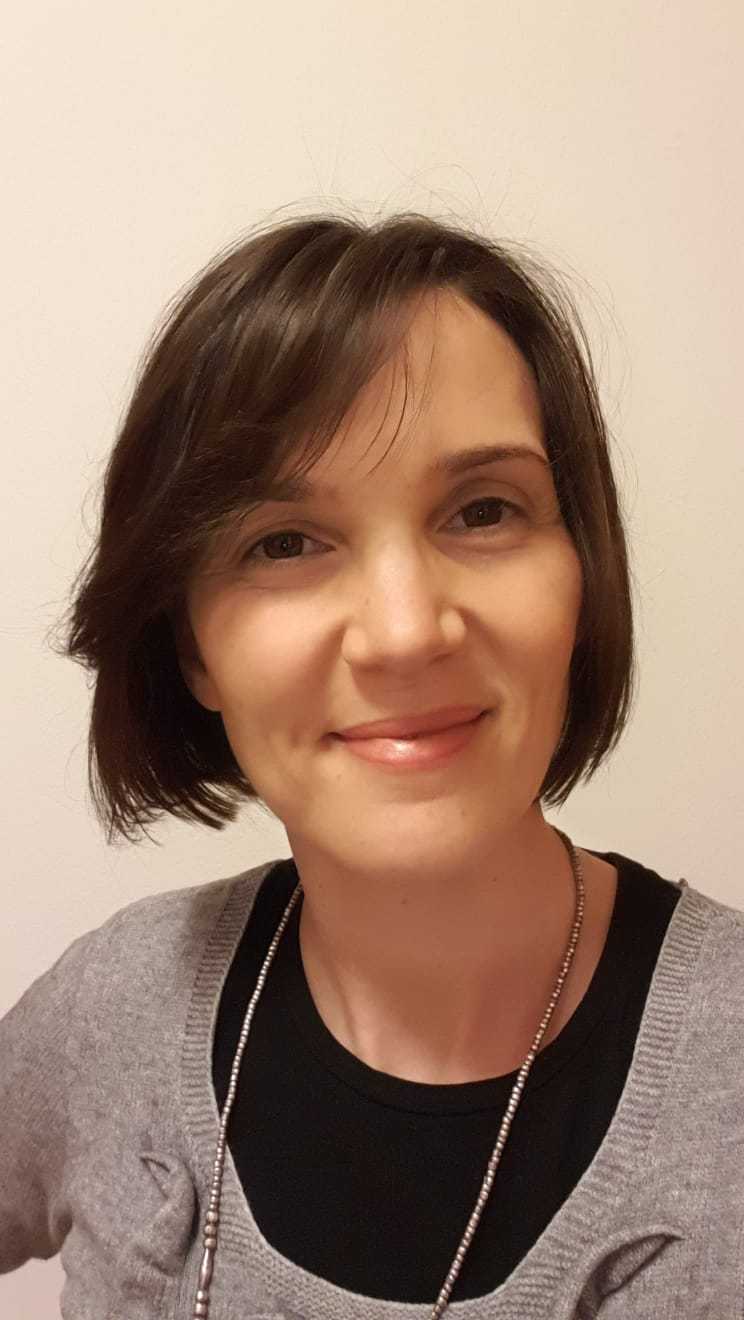
Silvia has a Master’s degree in History of Arts and Conservation of Artistic Heritage, obtained at the Ca’ Foscari University of Venice. From 2009 to 2012 she worked at the Diocesan Pilgrimages Office with the task of organizing pilgrimages to the Middle East, managing the collection of books “Bible and the Holy Land”, organizing the international cultural event “Lymph of the Olive” and to coordinate volunteers. Since 2012 she has worked at the Girolomoni Cultural Foundation in the Marche Region, with administrative tasks, organization of events and editing of the magazine Mediterraneo Dossier dedicated to biology, religion and current affairs. Since 2019, she has worked for the Homo Viator – San Teobaldo Foundation where she has the task of managing pilgrimages, the communication of the Foundation and supporting the Romea Strata project.
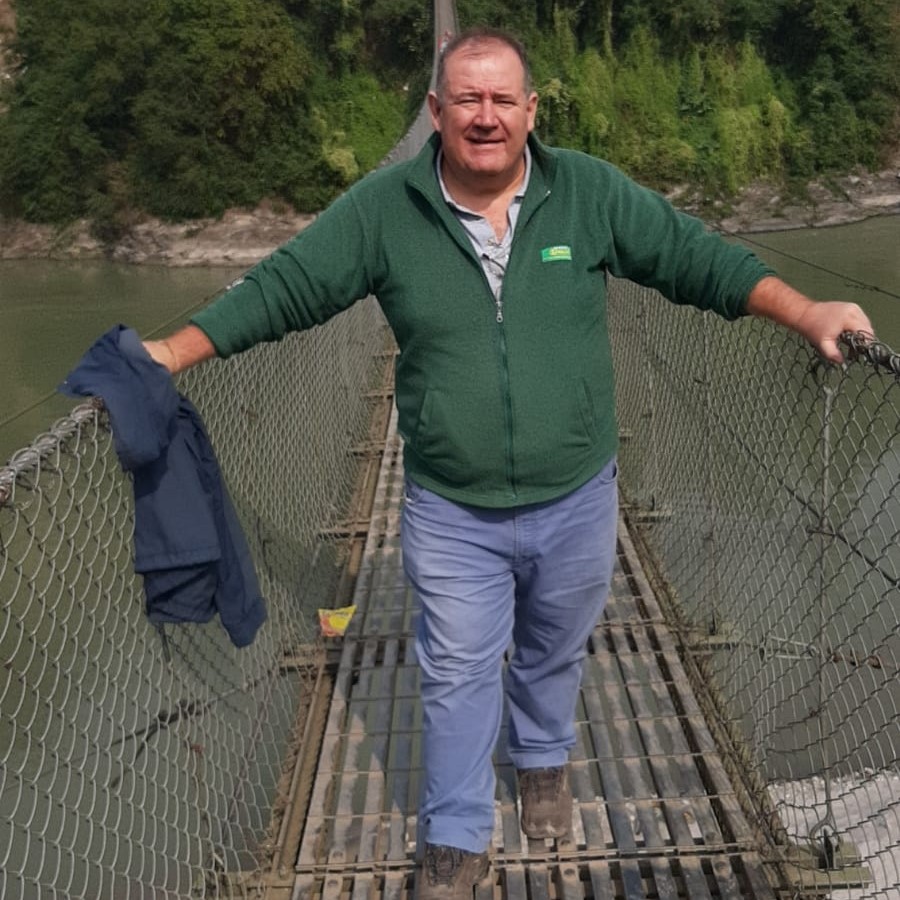
Raimondo Sinibaldi has been the Director and the legal representative of the Pilgrimage Office of the Diocese of Vicenza for ten years and the President and the legal representative of the Homo Viator Foundation, wanted by the Diocese of Vicenza. For thirty years he has accompanied groups of pilgrims in Biblical Lands and in significant places of pilgrimage, such as Rome, Santiago de Compostela, Częstochowa, Lourdes, etc. In particular, as far as the Holy Land (Israel-Palestine) is concerned, he has the official guide certification issued by the competent ecclesiastical authorities, having completed studies in the Theological Faculty of Vicenza and at the Jesuit Community in Jerusalem. He contributed to the ideation and promotion of the Romea Strata project.
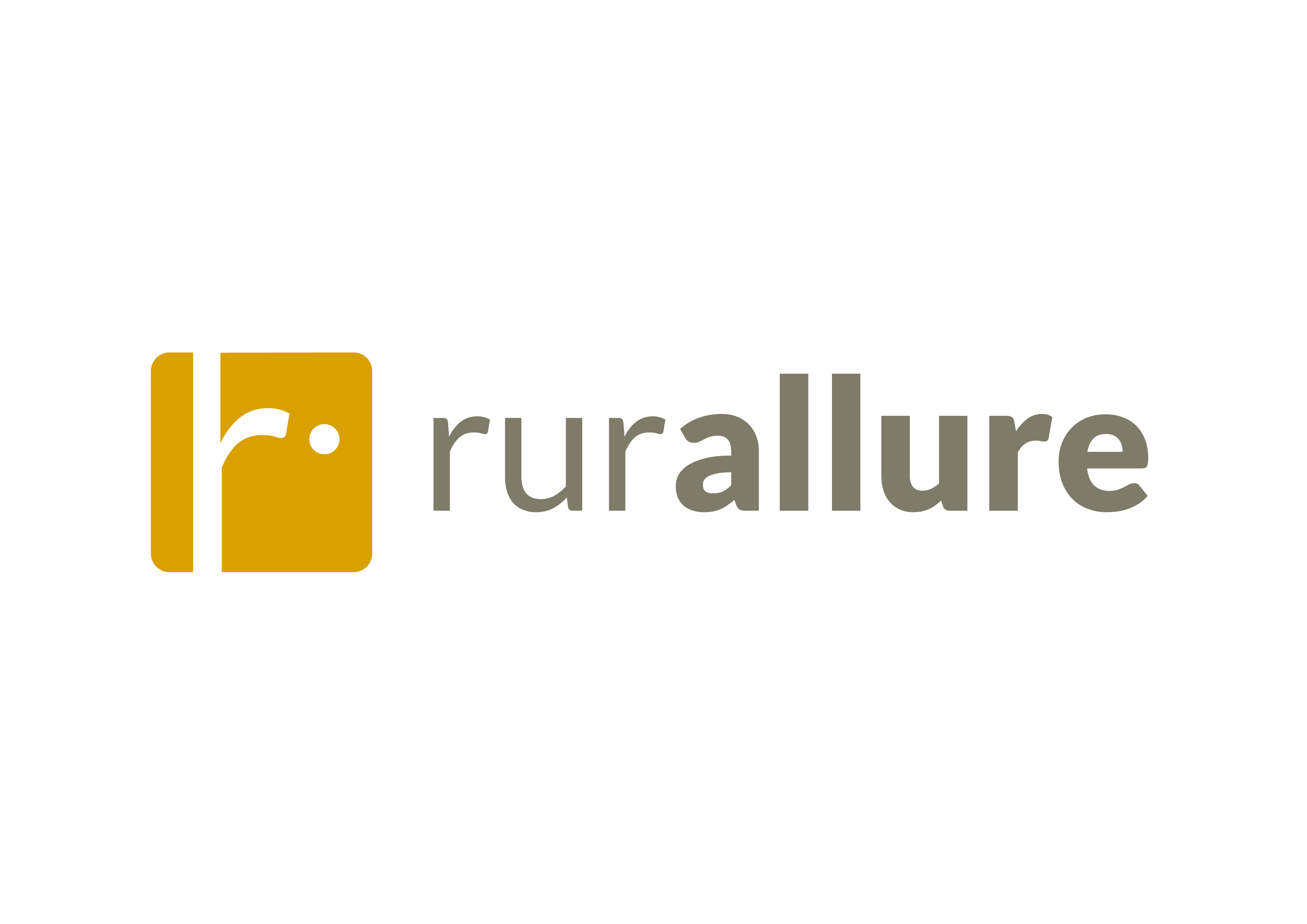
Romea Strata coordinator. has a Bachelor’s Degree in “Forest and Environmental Sciences and Technologies”. She worked at the “Regional Forest Service” in Veneto Region managing the administration of projects, as Director of extinguishing forest fire department and teaching courses in the
environmental sector. Since 2015 she works at the Pilgrimage office (now Homo Viator Foundation) managing the Romea Strata project. She traced the route, georeferenced it and collaborated in the realization of European projects for the Office.
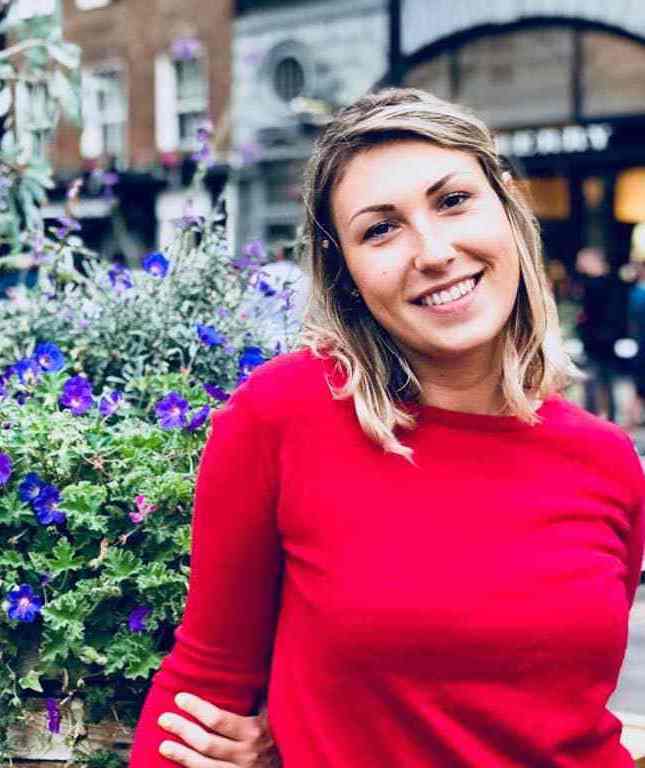
Aleksandra has a Master’s Degree in Sociology and social research. After graduation, she also attended two advanced training courses in “Innovation in social enterprises”(2015) and in “Project Management”(2019). In her last experience she worked for 4 years in a social cooperative as Accessible travel and tourism manager where her main tasks were: implementation of new accessible tourism services; organisation of holidays option for users with disabilities; management of fundraising activity; participation in EU-funded projects; care and management of the PR and communication activities; start up and management of a new accomodation facility. Since October 2019 she has worked for Homo Viator San Teobaldo Foundation as a referent for EU projects related to Romea Strata and its implementation.

rurAllure project officer for EAVF. Myra has a background in Italian Language and Culture, and has previously worked in the field of International Higher Education. She will be managing the rurAllure communication channels and contribute to the Thermal Heritage pilot. Myra has a great love for bike touring and the environment, and is the founder and president of environmental initiative Cycle 2 Recycle.
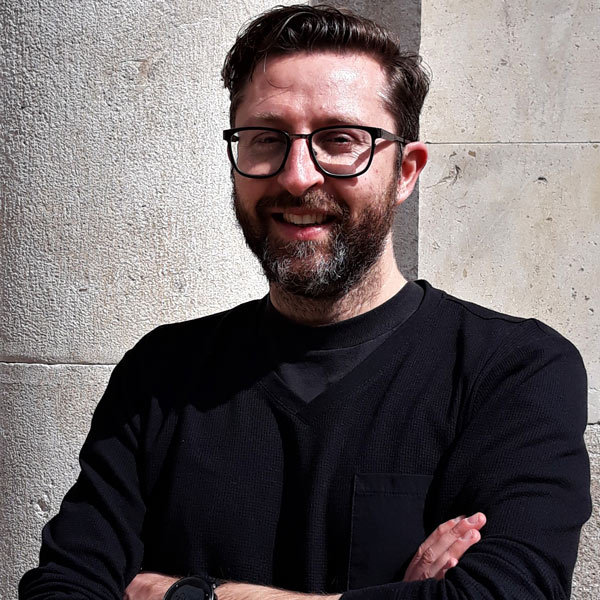
EAVF director. Leading the EAVF since 2013, Luca has extended work experience in international organisations and public bodies. With a background in art history and tourism, he is a freelance journalist, consultant, and a hiking enthusiast. Among his publications there are numerous articles in Italian internet media and a book “Via Francigena – una Strada Europea”.

European projects and International relations advisor. With her extended work experience in international organisations and academic background in cultural management, Elena oversees international relations and manages European projects of the EAVF. A travel enthusiast, she spends her free time backpacking all over the world.
Maria Laura Gasparini is a tourism professional with over 10 years of work experience in the travel and hospitality sector. She has a degree in Tourism Economics and Management from the University of Bologna and has specialised in the role of sustainability indicators as policy making tools. Her main research interests are sustainability monitoring, community-based tourism and regenerative tourism. She is currently Research Fellow at the Center for Advanced Studies in Tourism, Bologna University, where she is contributing to the management of several EU funded projects, such as rurAllure and Fab Routes, focused on cultural routes and rural development.
Patrizia Battilani is a UNIBO Economic Historian. Her research focuses on cultural heritage valorisation, public history and economic history. She has been visiting scholar at the University of Sidney (2013) and Glasgow (2018 and 2019). She served as director of the Bachelor degree in Tourism Economics (2012-2016). She has experience on participating and managing national and international projects as Head of CAST, the UNIBO Center for tourism study. She is responsible for the UNIBO Unit of the Interreg Italy-Croatia project Recolor (Reviving and EnhanCing artwOrks and Landscapes Of the adRiatic). Between 2018 and 2019 she coordinated a transnational research on dissonant heritage focusing on the European cultural route ATRIUM. Her last publications include How to cope with dissonant heritage: a way towards sustainable tourism development in Journal of Sustainable tourism (2018) with A. Mariotti and C. Bernini.
https://www.unibo.it/sitoweb/patrizia.battilani/en
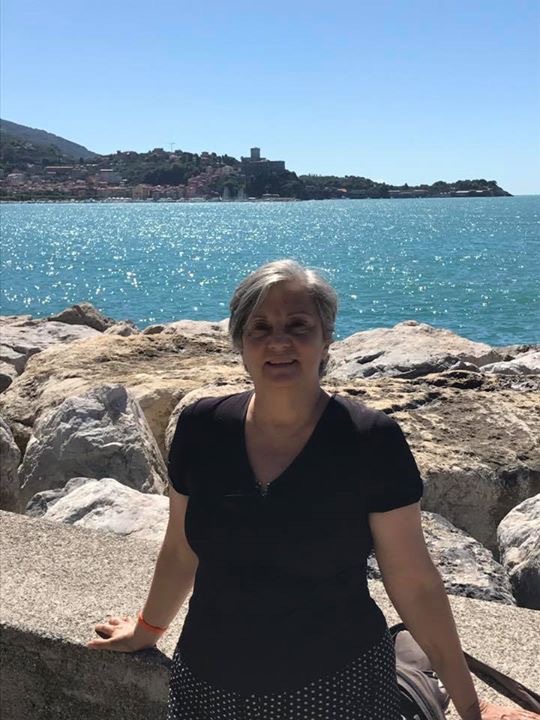
Fiorella Dallari has been a Professor of Alma Mater (PAM) since 1 November 2018, former associate professor of Political and Economic Geography since 2004 at the Rimini Campus of the Alma Mater Studiorum – University of Bologna in the Department for Life Quality Studies. In 1972 she began his research activity in the Faculty of Economics and from 1980 on didactic activity in the geographic field (disciplinary sector M-GGR / 02), with a 1st level national qualification (2012). In the field of research, she deals with tourism geography, economic-political geography and regional geography. Currently his research topics are: Local and sustainable development; Heritage and sustainable tourism; Pilgrimages, cultural itineraries and tourist routes; cooperation and sustainable tourism; Heritage, social participation and citizenship; UNESCO Heritage and Religious Heritage.
Fiorella is also founding-editor of “AlmaTourism, Journal of Tourism, Culture and Territorial Development”, a scientific journal of the University of Bologna. Engaged in national and international research projects, she collaborates with UNESCO (UNITWIN Network “Culture, Tourism, Development”; UNESCO Italian Chairs “Territory, Sustainability, Tourism” – TEST, of which she is responsible for tourism; Mediterranean Unesco Chairs – MUNCH), ICOMOS (International Scientific Committee on Places of Religion and Ritual – PRERICO member and coordinator of the Prerico National Committee). For nearly twenty years she has collaborated and collaborates with some itineraries recognized by the Council of Europe (in particular, she is president of European Association of the Vie Francigene, the Via Romea Germanica and the Romea Strata Scientific Committees).
Author of over 150 publications, she received the Vallega prize for research on cultural-historical itineraries (2008).
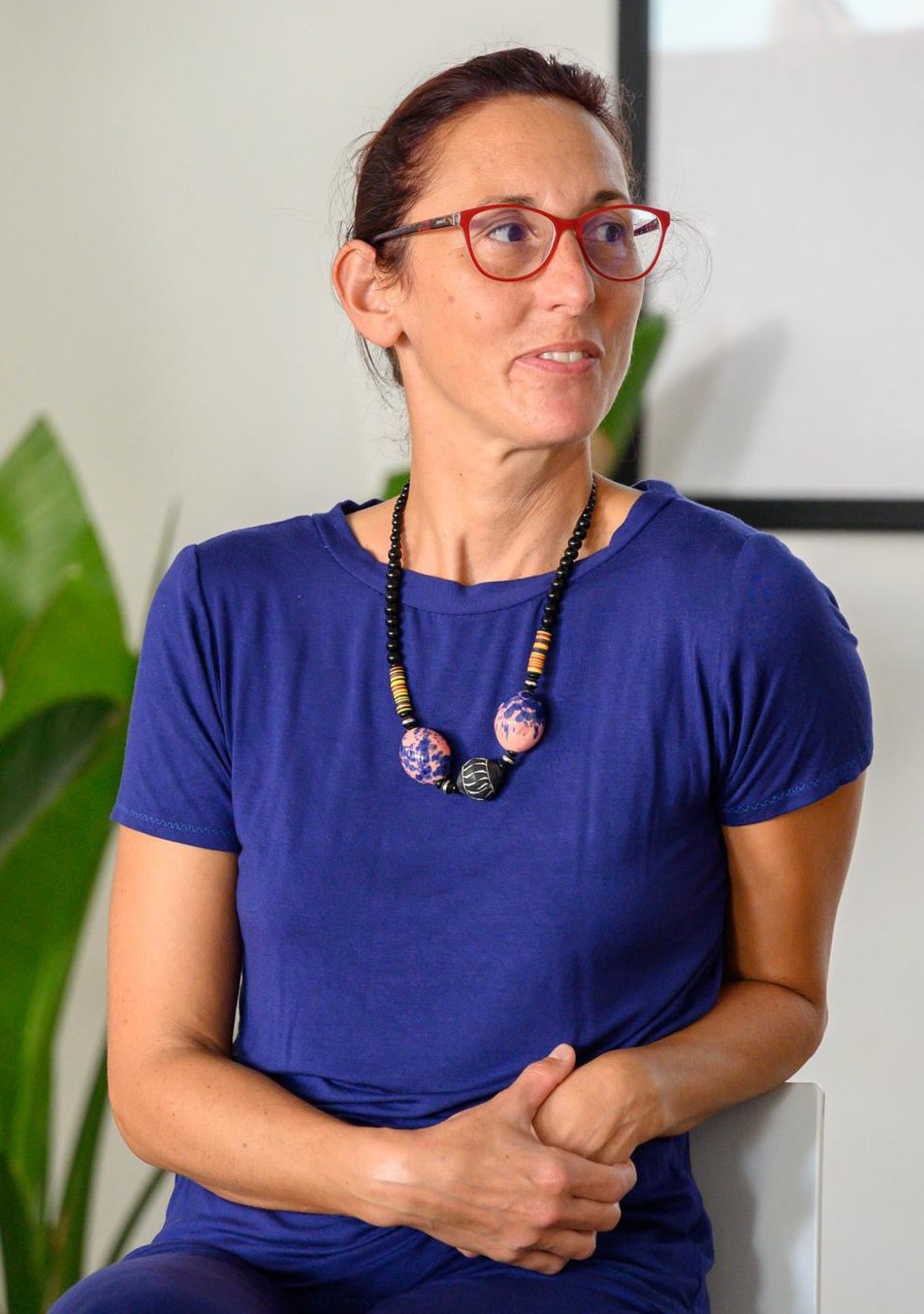

Lorem ipsum dolor sit amet, consectetur adipiscing elit. Vivamus vulputate velit sed vestibulum vestibulum. Pellentesque varius accumsan mi, sit amet euismod dolor egestas nec. Aenean scelerisque magna et tortor porta mattis. In molestie id neque id posuere. Sed quis lacinia nunc. In metus felis, maximus vitae urna ut, scelerisque mattis eros. Vestibulum quis turpis at enim volutpat commodo. Donec aliquet tellus eget ligula viverra aliquam luctus non mi. Nunc a quam ac nisi tristique imperdiet. Nullam in auctor elit, eu congue mi. Sed quis nisi pharetra, convallis turpis vitae, fringilla neque. Etiam non lectus lorem.
Aenean et vulputate quam, et sodales tortor. Suspendisse fringilla euismod ultricies. Quisque pulvinar leo mauris, eget dignissim turpis bibendum ac. Integer semper consequat magna. Donec ornare risus at justo eleifend pellentesque sed sit amet turpis. Aliquam id nibh id nibh dictum rutrum non et enim. Cras at varius massa. Duis tempus sed lectus et lacinia. Morbi imperdiet lorem vel mollis lacinia. Cras vel tincidunt ex, eget congue enim. Sed et gravida orci. Maecenas lobortis vulputate mattis.